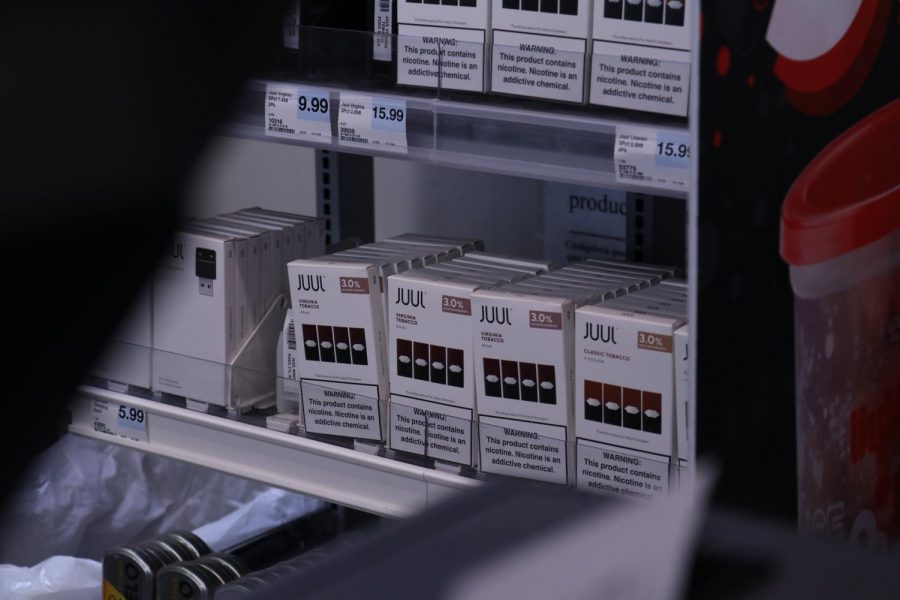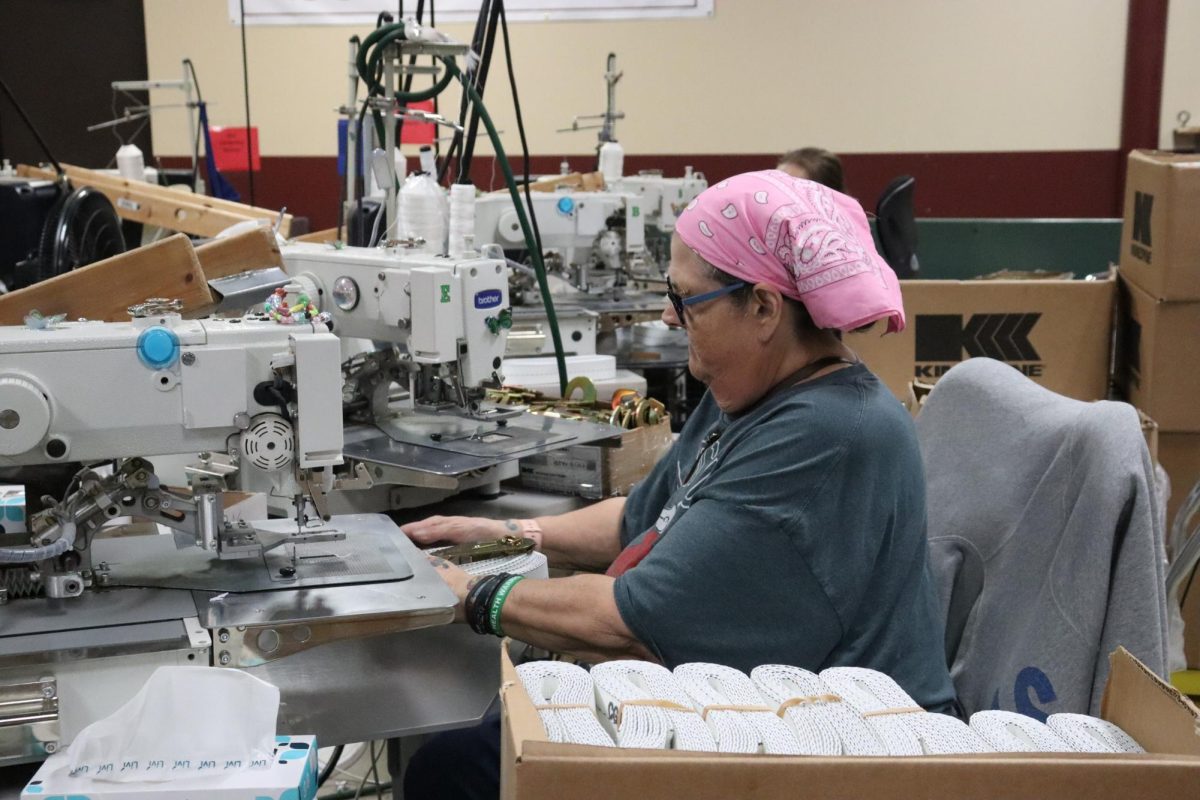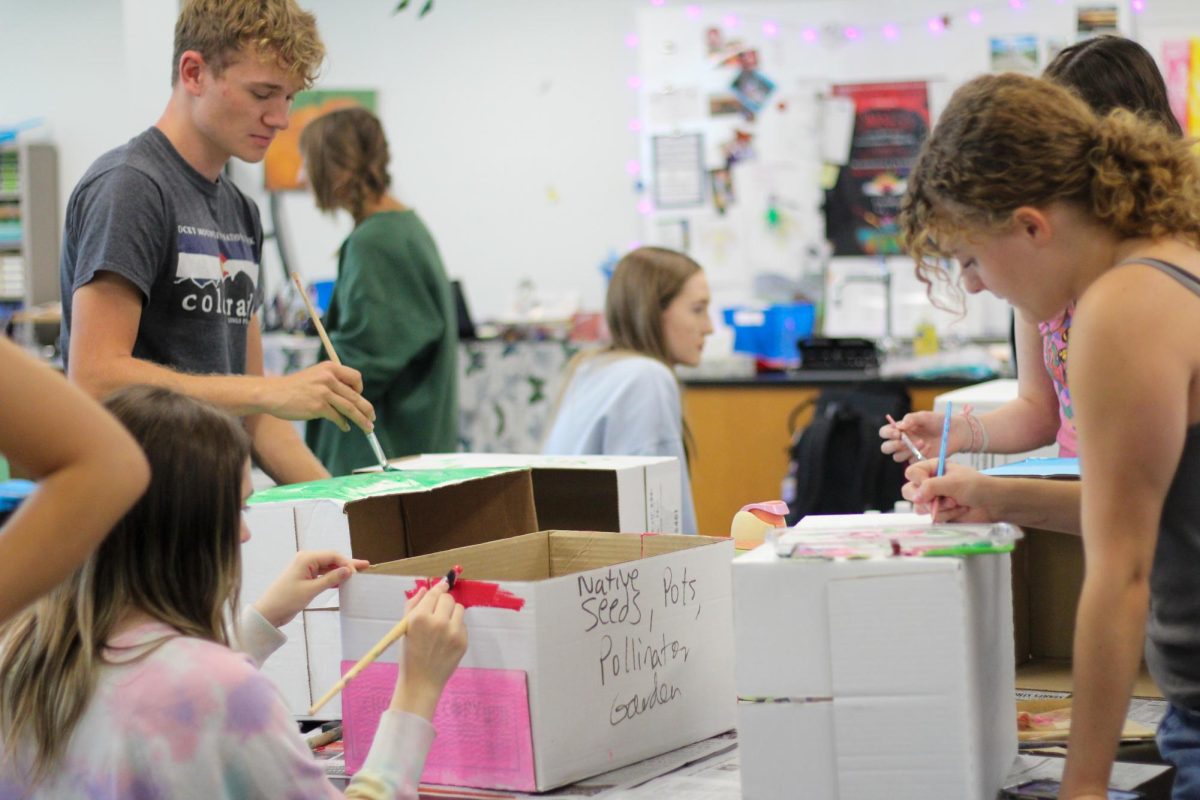Lack of drug-use data at LHS causes shortage of information
March 30, 2020
Seven years ago, Lawrence High students reported using drugs at rates that far exceeded the state average.
These days, it’s anybody’s guess if those rates of drug use have fallen or grown.
That’s because Kansas schools have been barred from surveying students on substance abuse and other risky behaviors due to a bill passed by the Kansas Legislature in 2014. It put the brakes on a survey that had previously tracked drug, alcohol, tobacco and other issues throughout the state.
“We have not completed the Communities that Care student survey since 2013, before the legislation,” said social worker Lynisha Thomas. “Kansas statutes now requires active consent from parents for students to participate in data collecting surveys about drugs, alcohol, and family values. This means that parents have to sign consent for students to participate.”
The district may have found a solution to the consent issue.
According to Julie Boyle, USD 497 executive director of communications, the district added to the enrollment and registration process a way for guardians to give permission for students to be surveyed.
This is a change made to combat previous roadblocks in the years following the 2014 legislation, and some students took the survey earlier this year.
But it’s absence has had an impact. Diane Ash, the previous drug prevention specialist, lead multiple projects before retiring in 2014. Even though several mental health team members have tried to continue some of the projects that Ash led, all of her projects were on a volunteer basis. Student response and participation has fallen significantly since then.
Thomas has seen the direct correlation between the loss of survey information and a decline in drug prevention programs in the last six years.
“The loss of this program [the drug prevention specialist] reduced significant resources for students that had drug and alcohol abuse issues,” Thomas said. “Also, it almost entirely eliminated prevention and awareness programs, and there were a significant number of students that participated in these programs. One of our biggest clubs at one point.”
FYI Club was one of the many programs affected by the lack of funding and awareness. Through the FYI Club, student volunteers gave presentations in elementary and middle schools about drug prevention, bullying and cultural heritage. This lack of funding can be directly correlated to the lack of information available about drug use in the state. Without knowledge of drug use, it is almost impossible to receive money to pay for programs to combat the problem.
“Ms. [Kelsey] Buek and Ms. [Lynisha] Thomas have tried to advertise and recruit members for the FYI Club, and students either don’t sign up for visits, don’t sign up for meetings, or don’t volunteer for the presentations,” school psychologist Sylvia Trevino-Maack said.
There are new growing challenges that have arisen since 2014, namely vaping. Without additional money to help attack substance problems, it had become hard for staff to address substance and drug abuse problems within Lawrence High, because of the lack of financial resources.
“I speculate that there are more students vaping pot than vaping nicotine but without student feedback, it is hard to tell,” Maack said. “DCCCA (Douglas County Citizens Committee on Alcoholism) in collaboration with Kansas University have offered to provide high school students with an eight-week vaping cessation program. The challenge is that kids that are vaping are not interested in quitting, and parents need to have consent for something like this to happen.”
The mental health team at Lawrence High has made efforts to compensate for the loss of this information.
“The mental health team usually has a table with information about drug prevention and other important topics during parent-teacher conferences both semesters,” Maack said. Social workers do presentations about several mental health topics parents teacher conferences, too. The health classes also provide lessons regarding drug prevention for all ninth graders.”
Junior Sophie Bracker-Sturm believes that talks from educators about drug use might not be the best solution to the problem.
“I personally don’t think kids will listen to an educator but maybe if the conversation came from their parents or alumni who have been affected by it that could speak on the matter,” she said.
Bracker-Sturm believes that careful use of softer drugs such as weed aren’t as much of a problem as harder drugs like cocaine and methamphetamine.
“If I’m being completely honest, I think most of our community is smart enough to avoid hard substances and people that smoke weed and drink take precautions to make sure they don’t endanger anyone, most of the time,” Bracker-Sturm said. “It’s not ideal, but I don’t think I would consider it a problem.”
Junior Abby Lingwall says that general awareness about the consequences could really help to decrease teenage use of drugs and alcohol.
“I would say general awareness is lacking in our education on drugs and alcohol,” Lingwall said. “I would like to see more information being shared about the consequences of using drugs and alcohol in your teenage years. I think drug use is pretty significant in our school, enough so that we should definitely be having more conversations about the issue. I don’t think many people realize or care that there can be long term health effects to using drugs at such a young age.”















